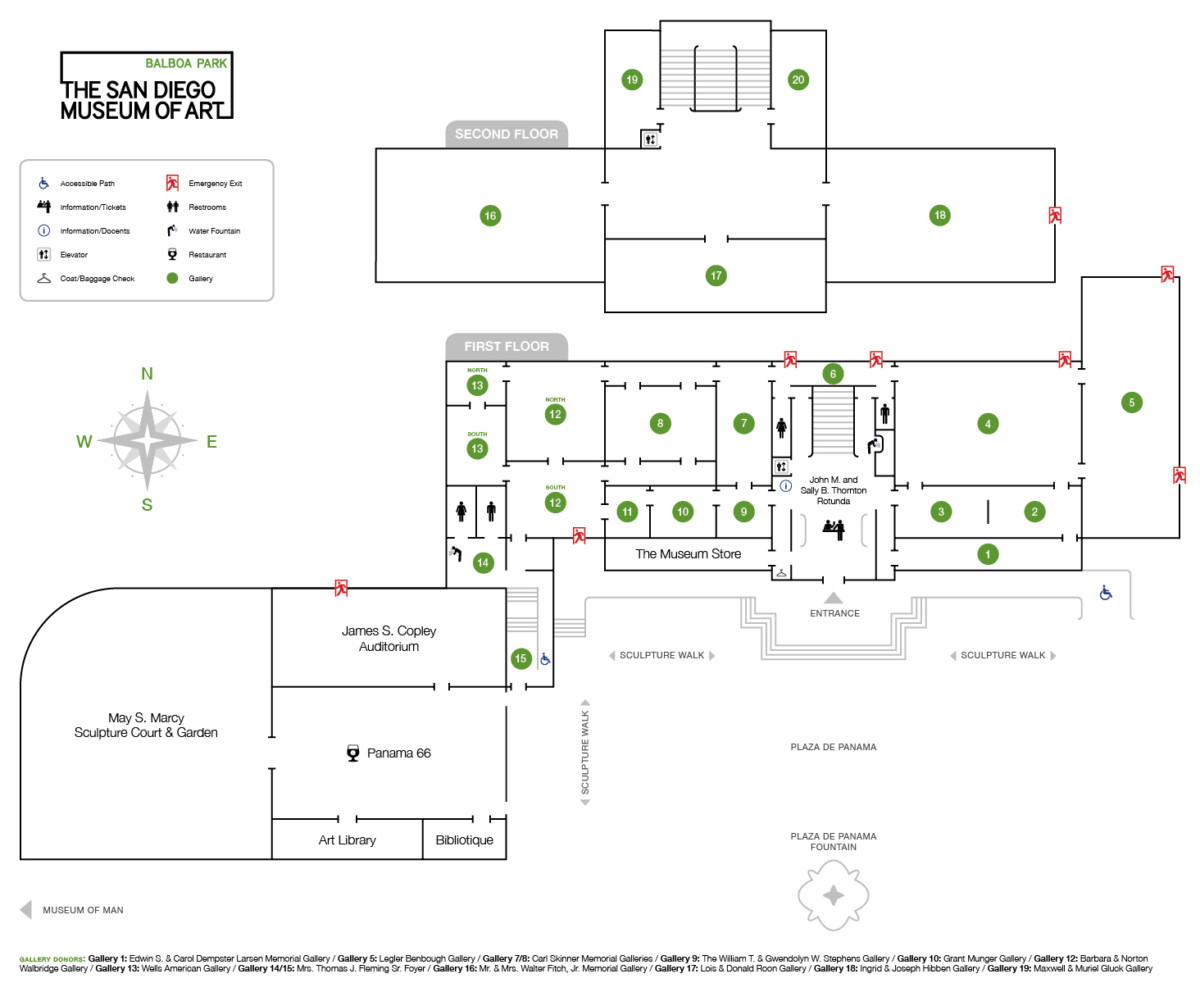The life story and multitude of work produced by Jean Charlot reveal an artist who traveled frequently, but who sought great inspiration from local environments. Charlot was not an artist that reveled in what was fashionable; instead he pioneered new techniques and emphasized the frequently neglected popular arts and daily life experiences of the people. The exhibition Global Journey/Local Response celebrates the work of Jean Charlot.
Born in Paris in 1898, Charlot studied at the École des Beaux-Arts and after he spent time in Brittany, a region in the north-west portion of France, he developed an interest in local popular art. This influence would stay with him when he traveled to Mexico. Charlot arrived in Mexico shortly after the end of the Mexican Revolution (1910–1920). He studied in the Coyoacán area of Mexico City at the Open-Air School that was led by painter Alfredo Ramos Martínez (1872–1946). Charlot proved to be a pioneer in Mexico, leading the experimentation of fresco techniques in the mural-making process and reviving interest in the great printmaker José Guadalupe Posada (1852–1913).
Years later Charlot worked in diverse areas of the United States such as Georgia, Colorado, Kansas, and finally Hawaii, where he spent the final decades of his career. In the United States, Charlot painted many murals, taught at numerous universities across the country where he influenced generations of students. His teaching focused on fresco painting and the traditions of the Mexican muralists, specifically José Clemente Orozco, who was a close friend. Although based in Hawaii, he continued to travel and created murals and prints inspired by his experiences in the Fiji Islands, several of which are represented here in this installation. Hawaii became Charlot’s permanent residence after 1949 and he died there at age 81 in 1979. His legacy continues through his enormous artistic production that portrays his individualistic response to a well-traveled life.


